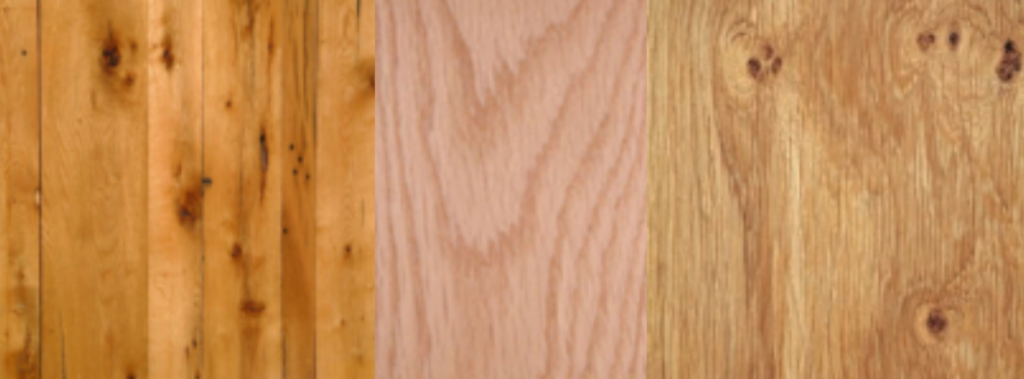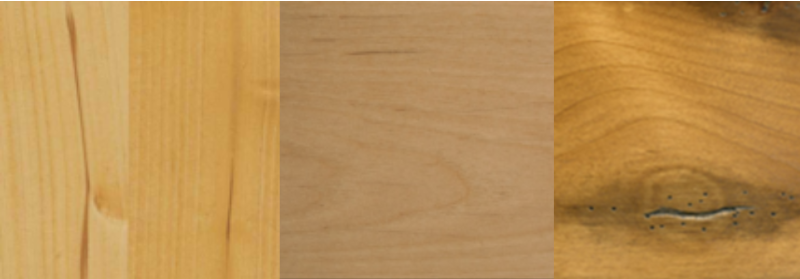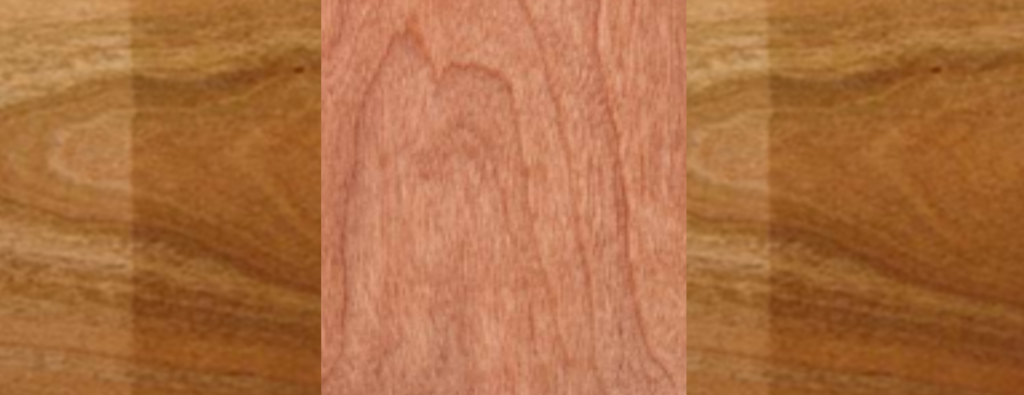Many people are familiar with oak, maple, and pine trees. But not everyone can actually identify various wood species by their unique internal identifiers. This is because wood identifiers are rarely taught in school.
So let’s identify some of the most common wood species by their unique characteristics.
Natural Wood Identifiers
Grain, color, mineral deposits, knots, sap runs, pin holes and wormholes are the most common wood identifiers you will find. Let's look at various wood species and how they compare and contrast.
Keep in mind, you can expect grain variation and color change when you're selecting anything made of natural wood. For example, as certain wood ages, it can darken as it is exposed to light. In other cases, wood will change color when exposed to harsh chemicals, moisture, or extreme heat. Each wood species has its own characteristics, whether they differ by species or from the environment the tree grew.
Oak Identifiers
Oak wood is a strong, open-grained hardwood ranging in color from white to pink and reddish tones. Mineral deposits seeping through the roots often leave streaks of green, yellow, or black.
Oak may contain wormholes and various grain patterns. These distinctive grain patterns are one of the more desirable qualities in oak. Check out 3 variations below.

Hickory Identifiers
Hickory is a sturdy, heavy hardwood known for its distinctive grain patterns. Two of the most frequent hickory wood identifiers are random knots and wormholes. Hickory is known for having a dramatic color scale, as it can go from white to dark brown within the same piece of wood.

Alder Identifiers
Alder has a straight, fine textured grain similar to cherry and maple. Although it is classified as a hardwood, it's moderately lightweight and significantly softer than many hardwood species. Common alder wood identifiers include tight pin knots, sap runs, and specific grain/color variations, like those found below.

Maple Identifiers
Maple is a close-grained hardwood that is predominately white to cream-white in color (with occasional reddish-brown tones). Maple's texture is typically uniform. However, characteristics such as fine brown lines, wavy and/or curly grain patterns, bird pecks, and mineral streaks will vary among maple trees.

Cherry Identifiers
Cherry wood is characterized mostly by its red undertones but can vary in color from white to a deep rich brown. Its uniform texture is similar to maple wood. However, pin knots and curly graining are two of cherry wood's main distinguishing traits for this species. The wood’s darkening color from light exposure over time is one sought-after quality of this beautiful species.

As you can see, the variety of characteristics revealed in wood can make identification challenging. But now you have a fundamental understanding of what those differences might be.

